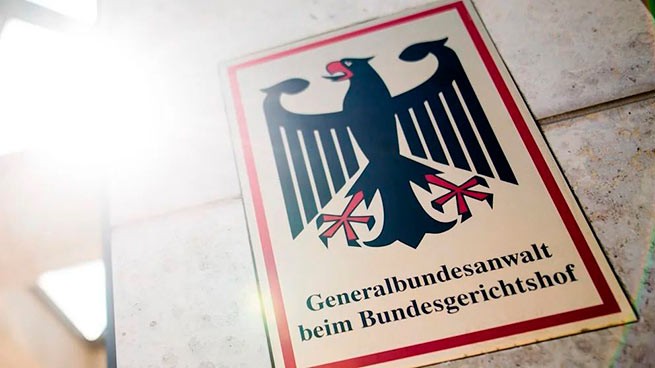TRAINOSE expects the latest hydrogen fuel cell train to arrive in Greece in the coming days, which is the most modern and environmentally friendly technology in Europe, APE-MPE reported.
Trains with hydrogen cells are the latest technology and have no harmful effects on the environment, TRAINOSE says. These trains are already actively operating on the routes of Germany and England. The reason for ordering so far such an exotic propulsion was the difficulties of the current owner of TRAINOSE, the Italian company Ferrovie Dello Stato, with the electrification of the mountainous part of the Athens Thessaloniki route. Apparently there they considered that it would be cheaper to solve the issue of supplying an environmentally friendly replacement for a diesel engine by launching a train on hydrogen fuel cells on the route. Most likely it will be a train of the Coradia iLint type. It is a small train with two electric motors, for which electricity does not come from an overhead contact network, but from an energy source in the train itself. A hydrogen tank and a fuel cell (or cell) are installed on the roof of the Coradia iLint. In it, hydrogen combines with oxygen, resulting in an electric current. At the same time, no emissions of harmful substances into the atmosphere, as in diesel engines, occur – as a result of an electrochemical reaction in a fuel cell, only water is released into the environment. And another advantage: the train moves almost silently.
The maximum speed of Coradia iLint is 140 km per hour, which means that the route is 500 km, the train will pass no faster than 4 hours. At the same time, the range of a trip at one gas station is from 800 to 1000 kilometers, and the refueling itself lasts about 15 minutes.
Disadvantages of hydrogen fuel cells
Experts say that hydrogen fuel cells are the ideal energy technology for the future. However, she also has disadvantages. For example, the hydrogen in the tank on the train roof is not obtained naturally, but as a result of the electrolysis of water, which required a lot of electricity, which is not always obtained in an environmentally friendly way.
Meanwhile, on Friday night TRAINOSE delivered the second White Arrow from Italy to Greece. The train is at the new depot of Thessaloniki and will begin commercial flights on the Athens-Thessaloniki-Athens route around June 20, along with its “younger sister”, who arrived in Greece in January.
“TRAINOSE is fulfilling its obligations despite the pandemic, and in the near future three more trains of the“White arrow»Will arrive from Italy, as we promised (in winter 2019 it was promisedthat all 5 trains will be delivered in the summer), five in total, ”a source in the company’s management told APE-MPE, also announcing a large investment in the Thessaloniki depot, which will serve the new trains.
“At the same time, TRAINOSE,” added the same source, “did not fire or suspend staff and is constantly investing in the development of the railway in Greece.”
Trains like “White Arrow”, as it was announced back in 2019, they will cover the route from Athens to Thessaloniki in 3 hours 15 minutes. So far, apart from test launches, the “arrow” has not “flown away” anywhere. The problem is that in order to achieve a speed of at least 180 km per hour, significant reconstruction of the tracks and electrification of the entire highway between Athens and the Northern capital is necessary.
Since 2018, the state-owned Greek company TRAINOSE, crossed over into the hands of the Italian Ferrovie Dello Stato for a symbolic amount of 45 million euros. Since then, the situation in TRAINOSE has improved somewhat, at least the state has got rid of annual losses of up to 500 million euros. But in fact, the Greek railways did not work better.






More Stories
Most polluted countries in 2023: Greek regions with worst air quality
Clearchos Marousakis warns of hail and tornadoes (video)
G. Kallianos: “24-hour bad weather with rain and downpours”